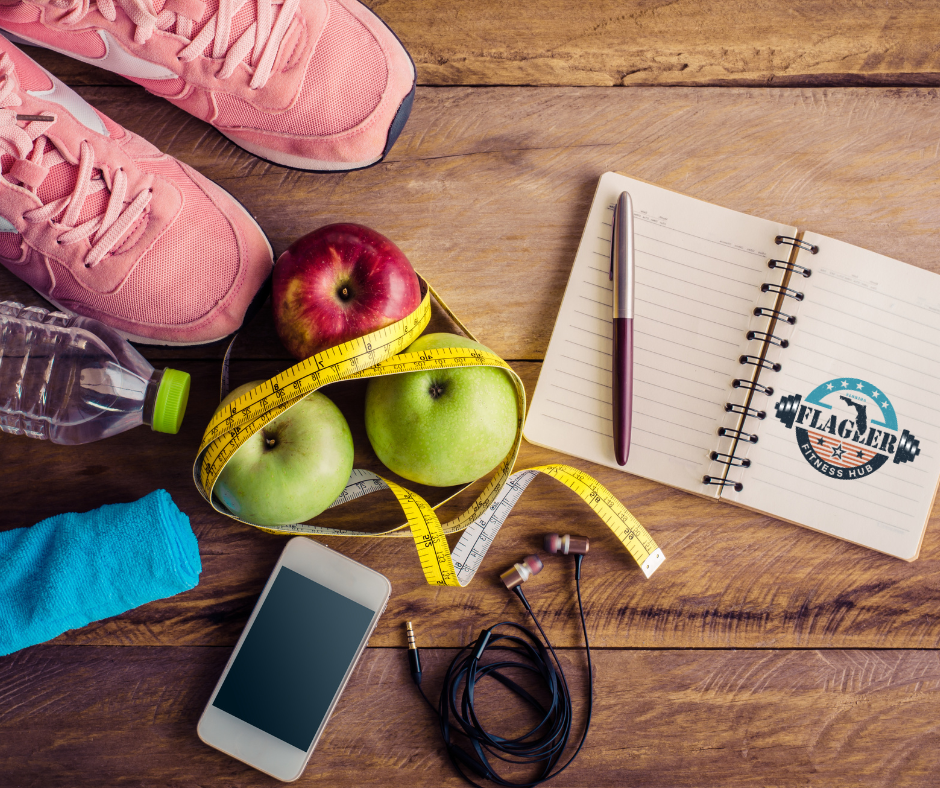
Muscular Strength and Muscular Endurance Assessment
Assessing your muscular strength and endurance is essential for understanding your current fitness level and tailoring your resistance training program. This assessment helps you identify your strengths and areas that need improvement, enabling you to set realistic goals and track your progress effectively. Common tests for measuring muscular strength and endurance include the push-up test, sit-up test, and squat test. Read each of the below Key Topics, then follow the prescribed Action Item(s).
Key Topics
1. Push-Up Test
Overview: The push-up test measures upper body muscular endurance, focusing on the chest, shoulders, and triceps.
Procedure:
Preparation: Ensure you are well-rested and hydrated. Wear comfortable exercise attire and find a flat, non-slip surface.
Test Execution:
Start in a plank position with your hands placed slightly wider than shoulder-width apart and your body in a straight line from head to heels.
Lower your body until your chest almost touches the ground, then push back up to the starting position.
Perform as many push-ups as possible without breaking form.
Watch the video below for a visual guide. For a more detailed step-by-step explanation of the push-up, including a description of the biomechanics, click here!
Recording Results: Count and record the total number of push-ups completed with proper form.
Benefits:
Simple and easy to perform without the need for specialized equipment.
Provides a good measure of upper body muscular endurance.
Action Item(s):
Perform the Push-up test then record your total number of reps in the Fitness Assessments Log. Note: if you cannot perform a regular push-up, assisted/modified push-ups are acceptable.
This video demonstrates how to perform push-ups and knee push-ups.
2. Sit-Up Test
Overview: The sit-up test measures abdominal muscular endurance, focusing on the core muscles.
Procedure:
Preparation: Ensure you are well-rested and hydrated. Wear comfortable exercise attire and find a flat, non-slip surface.
Test Execution:
Lie on your back with your knees bent and feet flat on the ground. Place your hands behind your head or across your chest.
Perform a sit-up by lifting your upper body towards your knees, then return to the starting position.
Perform as many sit-ups as possible within a set time frame (usually 1 minute) or until you reach muscle fatigue.
Recording Results: Count and record the total number of sit-ups completed with proper form.
Benefits:
Simple and easy to perform without the need for specialized equipment.
Provides a good measure of core muscular endurance.
Action Item(s):
Perform the Sit-up test then record your total number of reps in the Fitness Assessments Log. Note: If you cannot perform a regular sit-up, perform crunches instead (see video below).
This video demonstrates how to perform Crunches - an alternative to the sit-up.
3. Bodyweight Squat Test
Overview: The bodyweight squat test is an effective and simple way to assess lower body muscular endurance and strength without the need for specialized equipment. This test can be easily performed at home or in the gym, making it accessible for everyone.
Procedure:
Preparation: Ensure you are well-rested and hydrated. Wear comfortable exercise attire and find a flat, non-slip surface.
Starting Position:
Stand with your feet shoulder-width apart and toes pointing slightly outward.
Keep your chest up, shoulders back, and engage your core.
Extend your arms forward for balance or place your hands on your hips.
Test Execution:
Begin by lowering your body into a squat position, bending at the hips and knees while keeping your back straight.
Lower yourself until your thighs are parallel to the ground or as low as your flexibility allows without compromising form.
Push through your heels to return to the starting position, fully extending your hips and knees.
Continue performing squats at a steady pace until you can no longer maintain proper form or reach muscle fatigue.
Recording Results:
Count and record the total number of squats completed with proper form.
Benefits:
Simple and easy to perform without the need for specialized equipment.
Provides a good measure of lower body muscular endurance and strength.
Action Item(s):
Perform the Squat test then record your total number of reps in the Fitness Assessments Log.
This video demonstrates how to perform the Bodyweight Squat Test.
Practical Applications
Practical Applications:
Regular Testing: Schedule regular tests (e.g., monthly) to monitor your body’s muscular endurance progress.
Adjust Training Intensity: Use the results to tailor your workouts, focusing on exercises that target the areas that need development.
Preventing Common Issues:
Proper Warm-Up and Cool-Down: Always include a warm-up and cool-down in your test routine to prevent injuries.
Form Check: Ensure you maintain proper form throughout the test to avoid injury and obtain accurate results.
Logging Your Results:
Date: Record the date of the test.
Total Push-Ups: Note the total number of repetitions completed with proper form.
Comments: Add any relevant comments about the test (e.g., how you felt, any form issues)
Having completed your muscular strength and endurance tests, it's now important to assess your flexibility. This next assessment will help you understand your range of motion and identify any tight areas that may need improvement to enhance your overall performance and prevent injuries.



